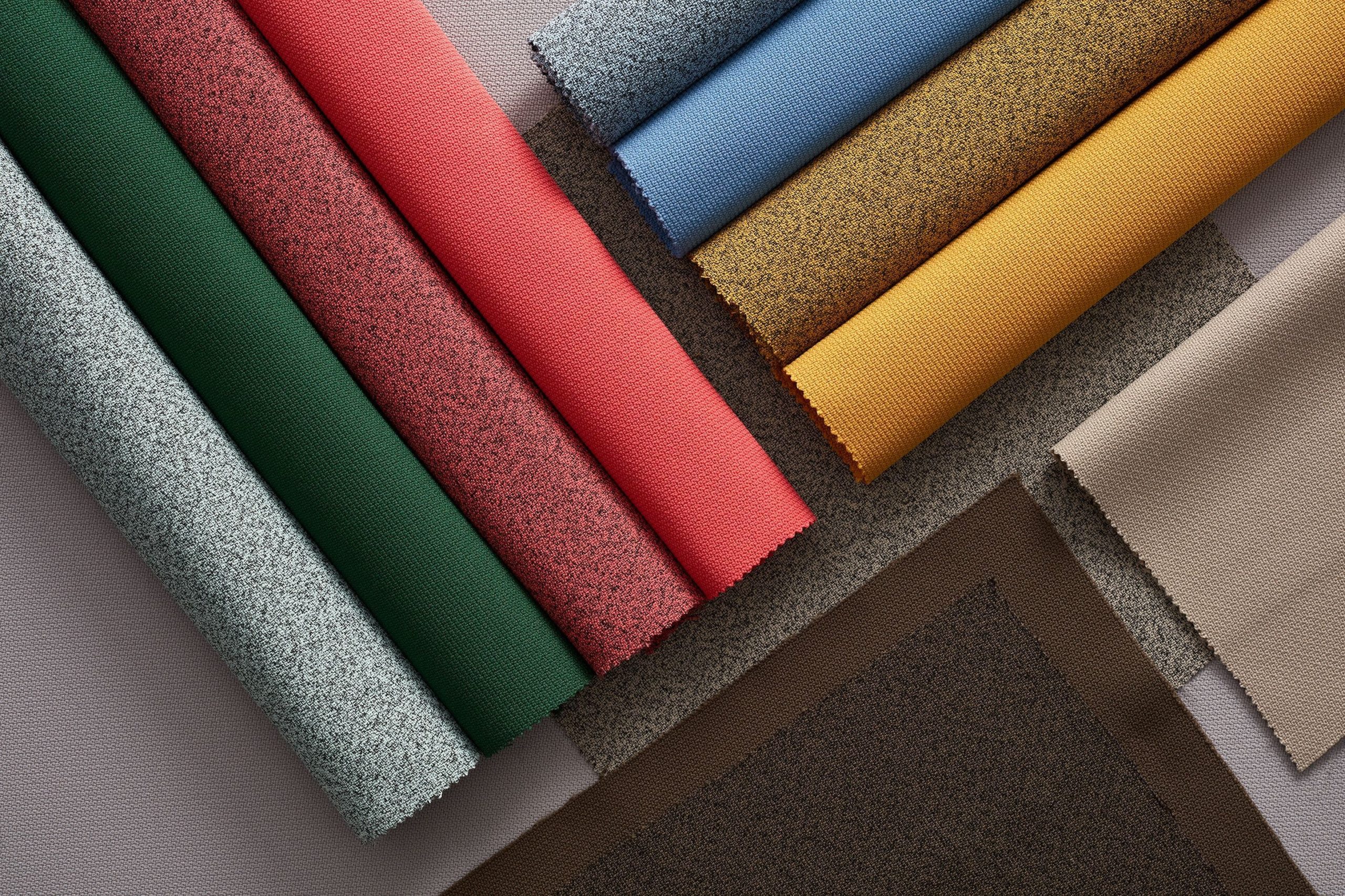Globalization in the last couple of decades has had a huge impact on the product sourcing and manufacturing patterns followed across the world. While local sourcing certainly helps in maintaining the input-cost ratio while also limiting loss due to project rejection, global sourcing is being increasingly preferred for its high growth rates observed over past and future sourcing trends. In fact, as of 2021, it was estimated that over 95 percent of the total textile and apparel products across the world were globally sourced. This is also part of the reason why industrial companies are increasingly sourcing from developing countries and becoming consuming economies.
At a global level, China and Vietnam combined, typically account for 20–40 percent of total textile and apparel sourced. Furthermore, the tariff reduction and the liberal exporting rules of origin in countries like Japan, South Korea and China can cement them further as primary textile suppliers in Asia. Bangladesh also poses a competition in this because of its prominent price advantage over other Asian suppliers. In this context of increased preference for global sourcing, it is imperative to take a look at the different countries from which textiles are being sourced.
India
Having crossed $400 billion in export, India has become the largest textile industry in the world. This has been made possible solely through the high-cost products that add cost pressure on the value chain, and hence, make yarn, fabric, and apparel export less competitive. The textile industry in India can be roughly classified into the unorganized sector (which consists of handlooms, handicrafts, etc., and which are operated by small-scale artisans and weavers) and the organized sector (consisting of high-tech machinery).
China
As the second-largest textile manufacturer and exporter in the world, the textile industry in China has an export turnover of $266.41 billion. This can be attributed to its low-cost production, raw material quality, industrial structure, modern high-tech machinery, and label development. The sub-industries within the textile industry that dominate in China include cotton, chemical fiber, wool textile, and dyeing finishing industry, textile-printing and dyeing finishing industry, linen textile and silk textile and finishing industry, finished textile product manufacturing, and knitted and woven product industry. Together, this accounts for more than half of the global textile market.
Germany
Germany has a long history of textile manufacturing, innovation, and flexibility. As one of the biggest exporters of knitted apparel cloth, man-made fiber, synthetic yarn, and machinery with an export value of $38.99 billion, Germany is the third-largest textile exporter. German textiles, apparel, and accessories are well known for their high quality and excellent engineering. Over the last few decades, it has successfully managed to transform its low-cost high volume into high-quality products.
Bangladesh
Over the last couple of years, Bangladesh has emerged as a leader in apparel manufacturing. This is primarily because of its low labor costs and vast workforce. Technologically advanced equipment and machinery, and high-quality products have attracted many global retail brands to Bangladesh. With an export turnover of $38.73 billion, the textile industry of the country is expanding exponentially, thanks to the bulk orders placed by big global brands.
Vietnam
Like Bangladesh, Vietnam has also emerged as a leading global sourcing hub because of its low labor costs and industry focus on specialization, modernization, and increasing value addition. The industry has an export turnover of $37.93 billion and is the fifth largest exporter of textile and apparel products globally. It has also emerged as a good option for producers and buyers to diversify their supply chains, which is why a lot of domestic and global brands have recently flocked down here.
